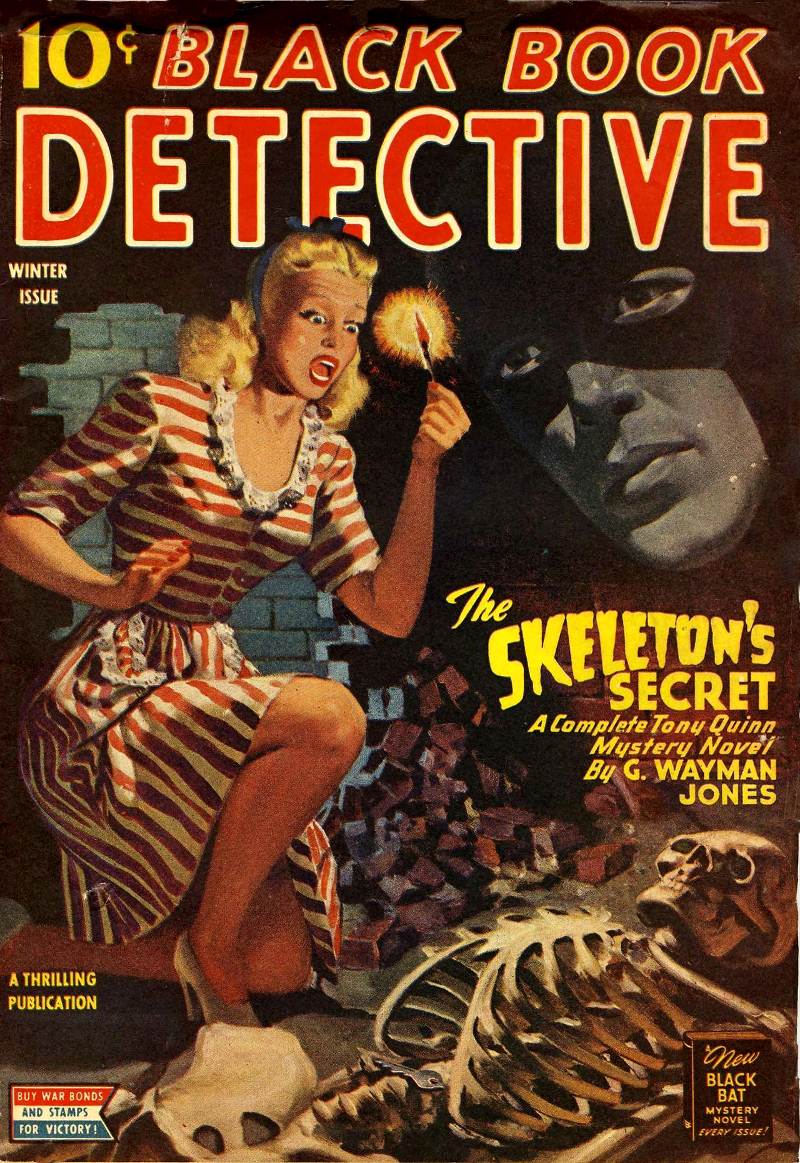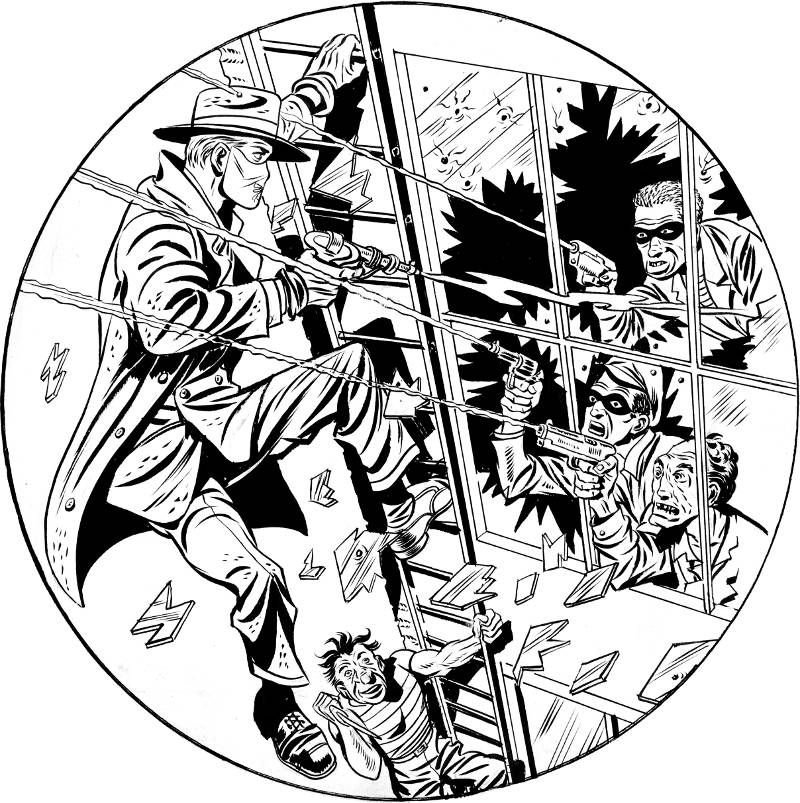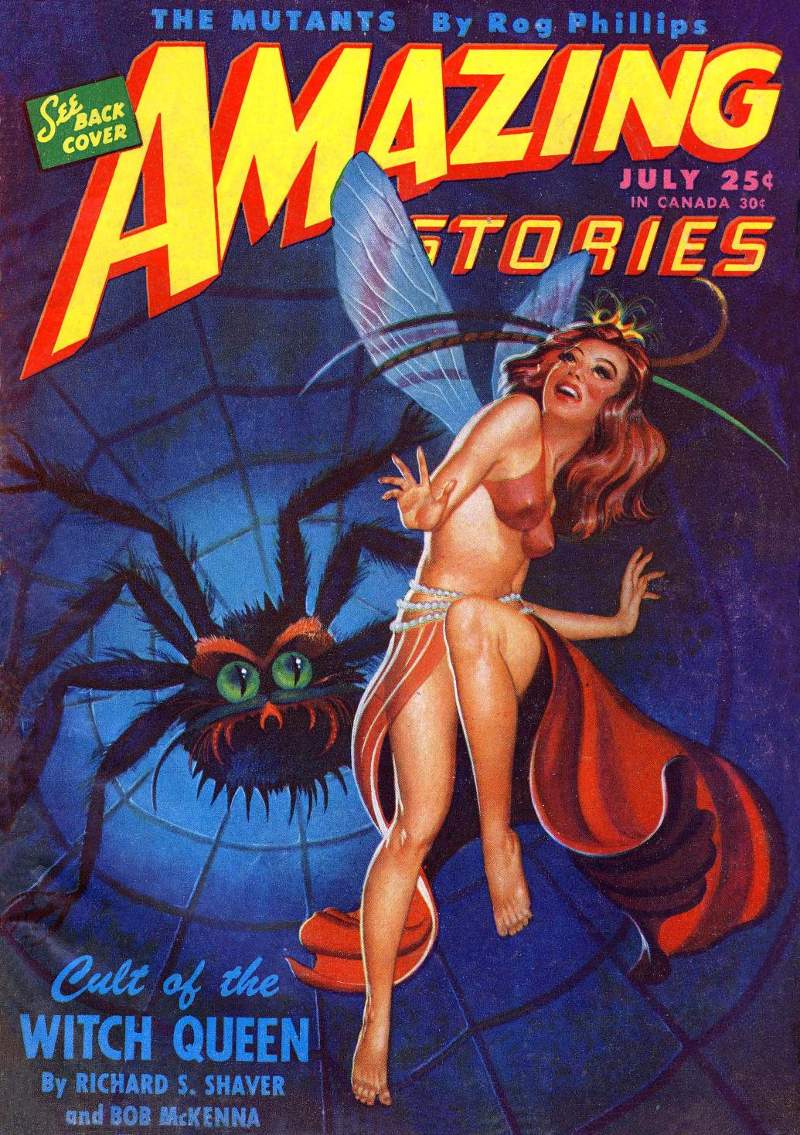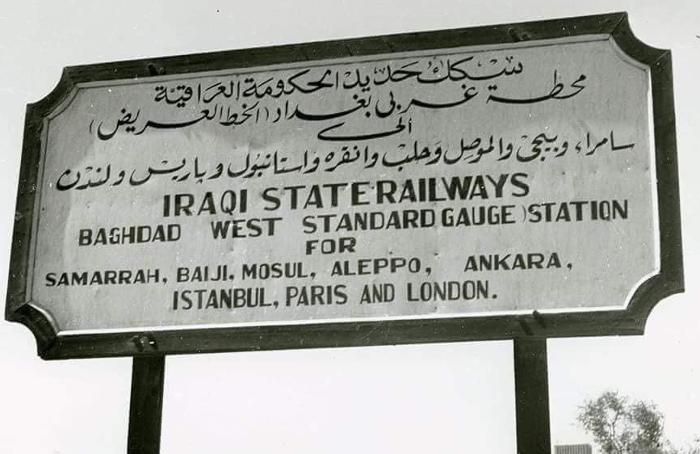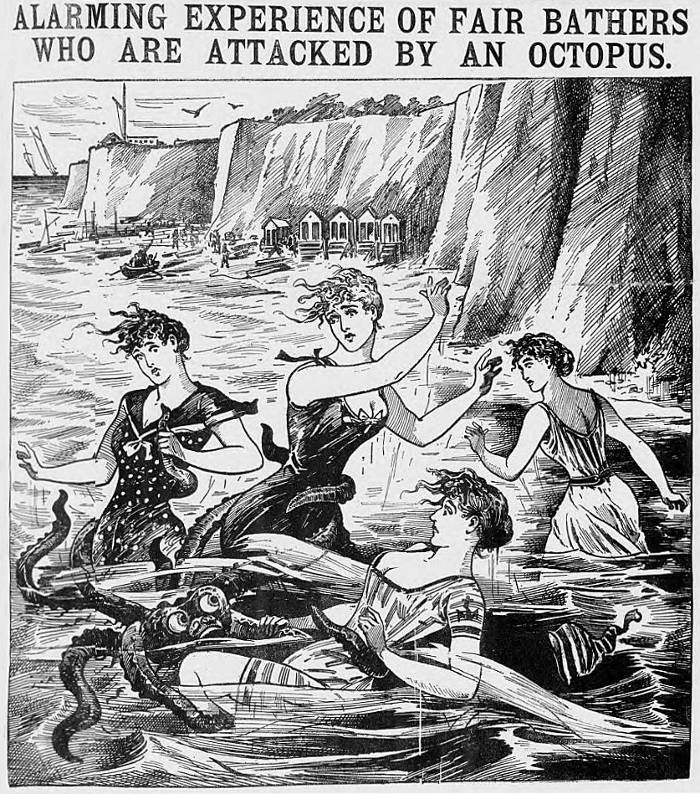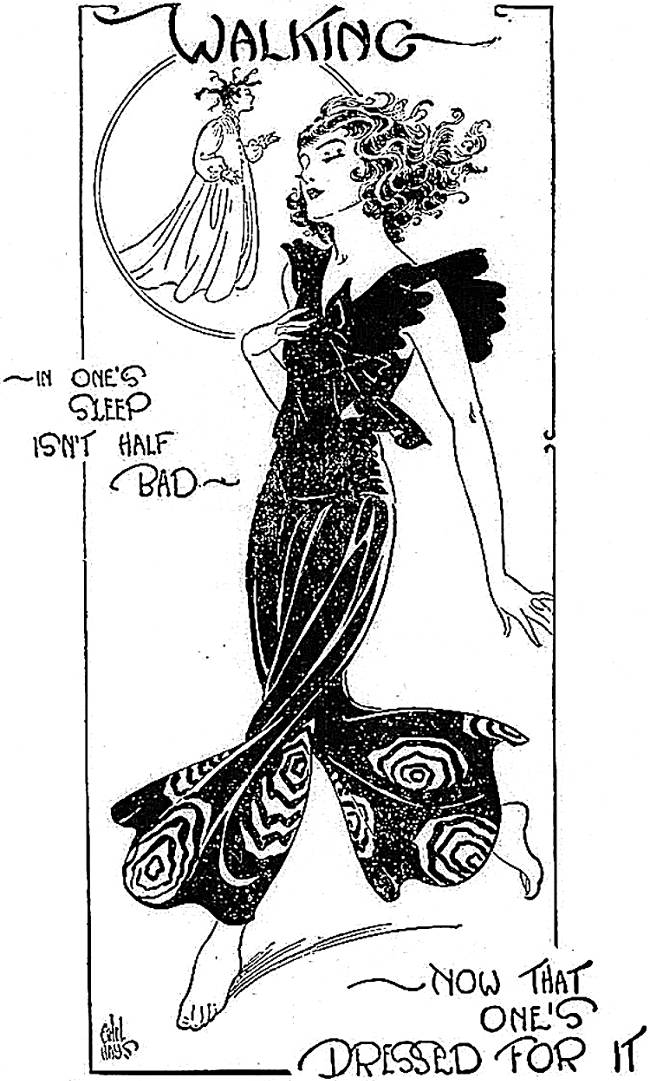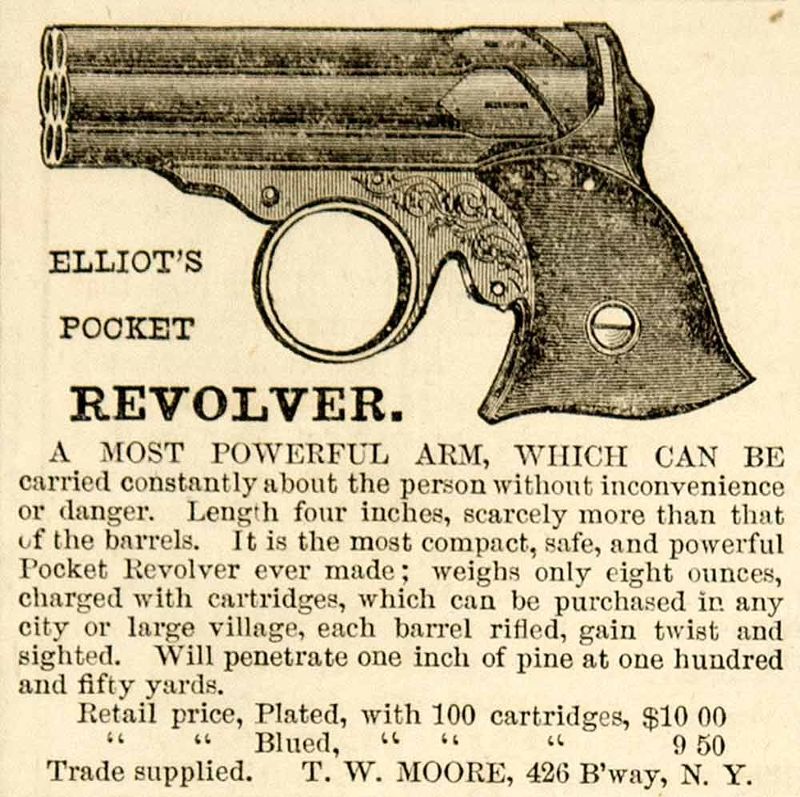 A MOST POWERFUL ARM, WHICH CAN BE carried constantly about the person without inconvenience or danger. Length four inches, scarcely more than that of the barrels. It is the most compact, safe and powerful Pocket Revolver ever made; weighs only eight ounces, charged with cartridges, which can be purchased in andy city or large village, each barrel rifled, gain twist and sighted. Will penetrate one inch of pine at one hundred and fifty yards.
A MOST POWERFUL ARM, WHICH CAN BE carried constantly about the person without inconvenience or danger. Length four inches, scarcely more than that of the barrels. It is the most compact, safe and powerful Pocket Revolver ever made; weighs only eight ounces, charged with cartridges, which can be purchased in andy city or large village, each barrel rifled, gain twist and sighted. Will penetrate one inch of pine at one hundred and fifty yards.
Black Books Detective, Winter, 1942
Underground Nests, 1936
Underground Nests for War Airplanes
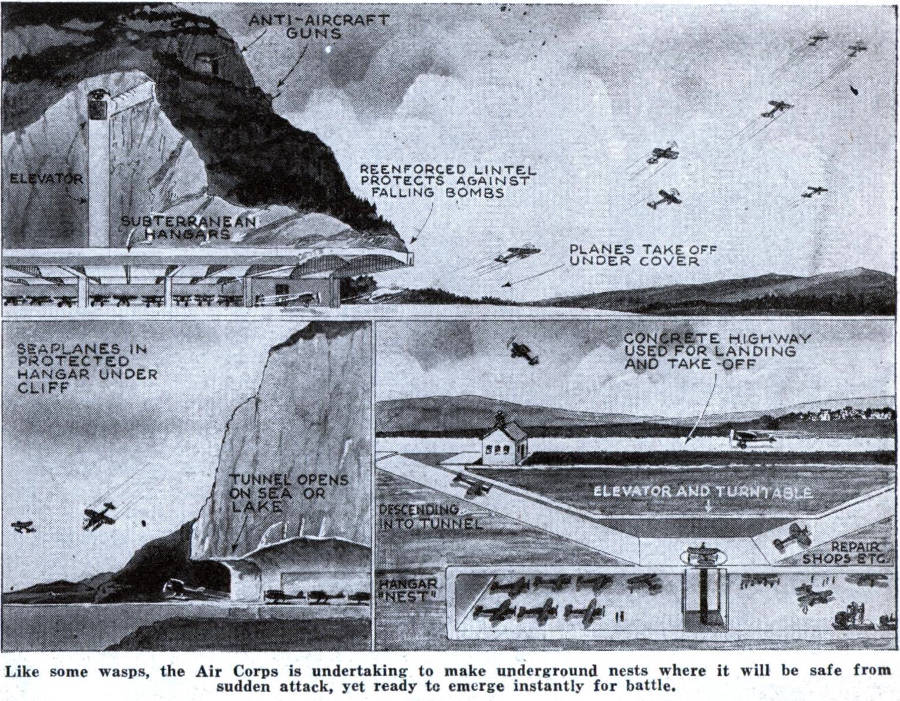
THE next war, all agree, will be a war in the air; and the advantage will be with the force striking the first blow. Obviously, the attack will be made on the fixed air bases of the other army, since that will inflict most damage from a military point of view. An airplane on the ground is quite helpless; and its hangars and shops are vulnerable. During the late war, battleships were kept at their bases to protect them while not engaged in battle with similar foes; but the ship always floats, while the airplane must spend most of its time grounded. (Science and Mechanics, Feb, 1936)
Peter Gunn, 1958-1961
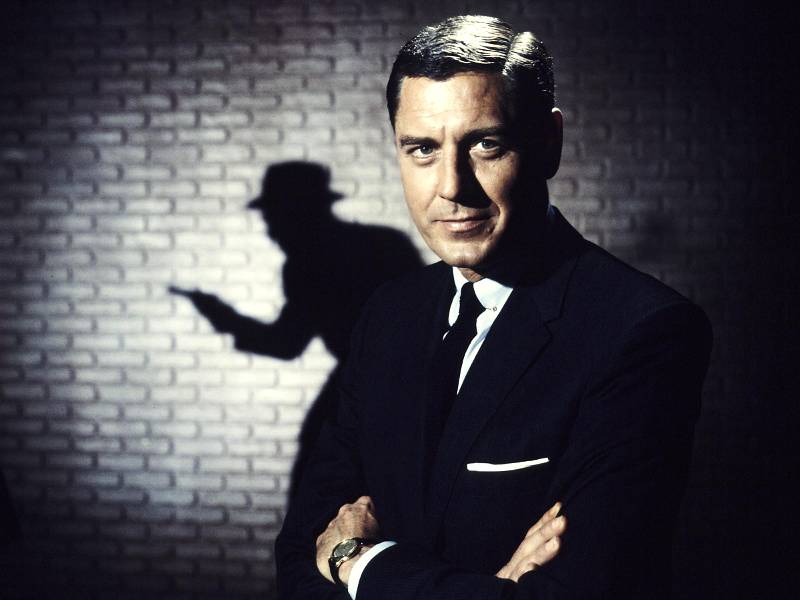
Peter Gunn was a smartly done detective show created by Blake Edwards that ran from 1958-1961. Craig Stevens starred as the titular role of Peter Gunn, Lola Albright played the part of his girlfriend Edie Hart, and Herschel Bernardi was Lieutenant Jacoby. All 114 episodes aired within a 30 minute time-slot, and yet every case was wrapped up without feeling rushed, in some cases there was even enough time for Ms. Albright to sing a jazzy little number in Peter’s favorite hangout “Mothers” (later changed to Edie’s at the beginning of the 3rd season)
One of the most enjoyable things about the series, besides the bantering between Gunn and Jacoby, was the wide array of stool pigeons that Peter had the confidence of. Continue reading “Peter Gunn, 1958-1961”
Green Hornet, 1947
Amazing Stories, July, 1946
Iraqi State Railways Sign, 1925
When Octopi Attack! 1896
Spaghetti With Al Capone, 1930
“Mr. Alphonse Capone” Is Host At Good-Will Spaghetti Dinner
Identity of Guests at Palm Island Estate Carefully Guarded Secret.
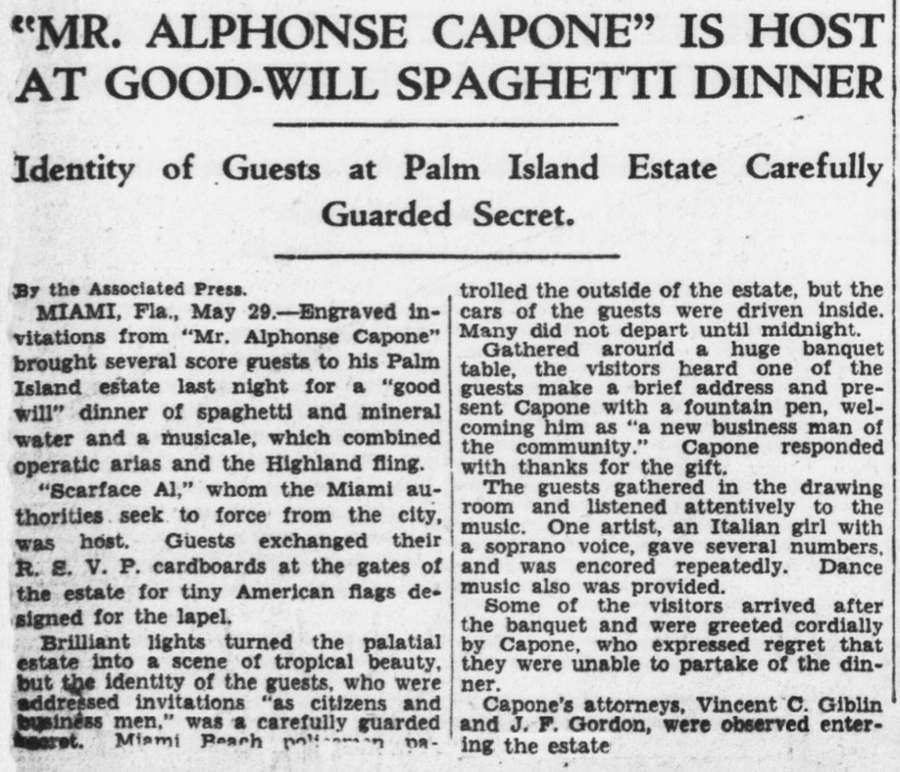 Evening Star, Washington DC, May 29, 1930.
Evening Star, Washington DC, May 29, 1930.
Capone was released from a Philadelphia prison three months prior on March 17, 1930 after serving nine months of a one year sentence for carrying a concealed weapon. Continue reading “Spaghetti With Al Capone, 1930”
